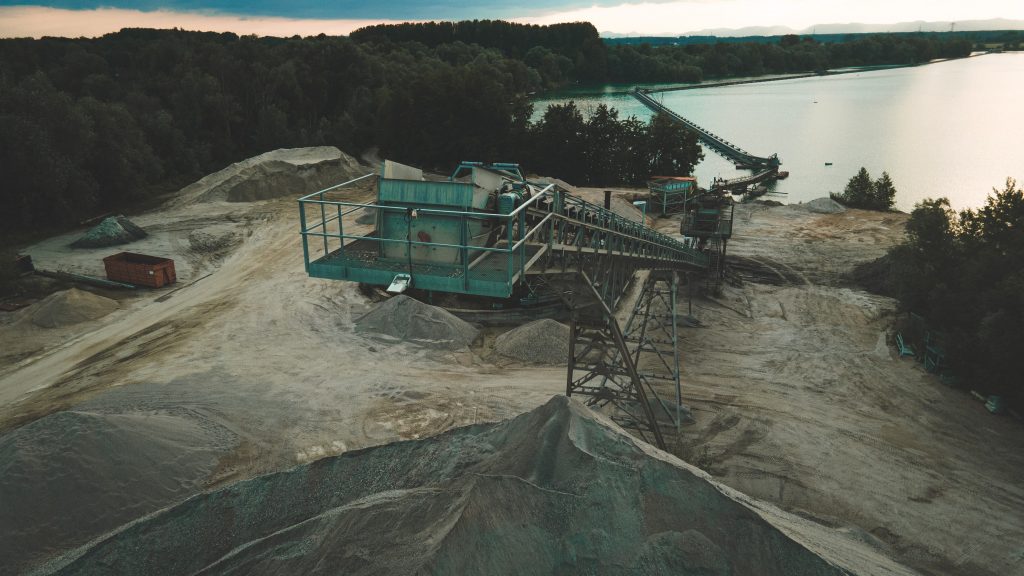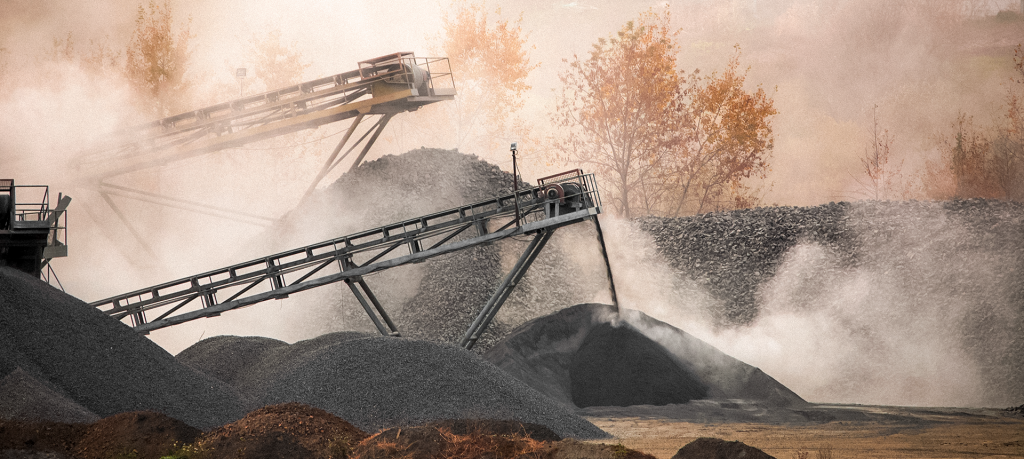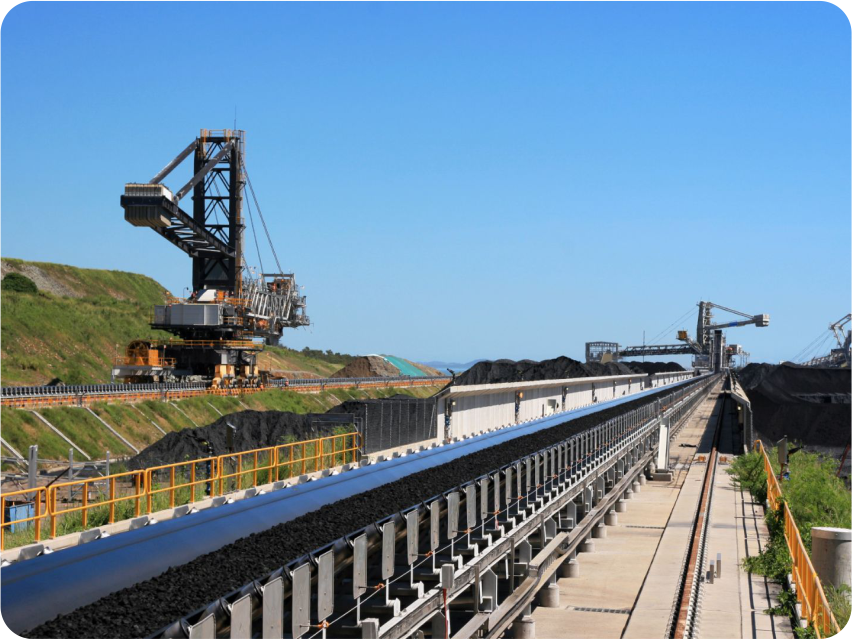In 2007, one of the units of the largest cement company in Brazil, which is located in the state of Sergipe, suffered from recurrent downtimes in its operation caused by problems on the conveyor belt supplied by another manufacturer. Find out how we solved their problem!
Every company dreads the idea of having to shut down part of their production. Imagine facing the risk of having to shut down your entire line for a long period of time because a piece of equipment that is vital to the operation has stopped working. Until 2007, that was the case in the operations of a large cement company located in the Brazilian state of Sergipe.
The company’s operation was marred by frequent shutdowns caused by problems in their steel cord conveyor belt. Their conveyor belt supplier at the time was unable to find a satisfying solution.
To make matters worse, that conveyor belt was the only one being used to transport material from the mine to the blending yard. From the yard, the material is taken directly to the furnaces. The problem was that the yard only had capacity to store enough material for 24 hours of operation. As if the issues with the previous conveyor belt weren’t disruptive enough, they would become even more severe when the plan to increase production was completed. With that, the yard would only have capacity to store 16 hours of operation without supply.
Increasing the durability of the conveyor belt, which had no redundant equipment, was imperative for improving the operation’s reliability. That’s where Mercurio’s know-how made a huge difference.
RECONCILING PROPERTIES
The conveyor belt used by the company at the time was provided by another manufacturer and had very low durability. Tears and perforations were frequent. Due to the use of steel cords, any indication of damage required maintenance shutdowns, which were naturally time-consuming. Due to the number of splices, maintenance costs were high and the operation would be shut down for a very long time.
Increasing belt thickness had been the only solution suggested so far. However, that would cost money. “The drive unit would have to be replaced with more powerful drives, which are more expensive and would consume more power”, explained Marco Tulio Viana, Account Manager at Mercurio.
Due to its long-term partnership with Mercurio, the cement company asked us to develop a solution that would meet their needs, Viana recalled. Despite having no historical knowledge of the operation, Mercurio visited the company’s site for an evaluation. “Our Technical Assistance Manager went to the site to evaluate the issues presented by the conveyor belt and offer a solution,” he recounted.
MERCURIO SOLUTION
The manager at the time was Dalton Clermont, Mercurio’s current Technical Officer. “Our suggestion was to replace the steel cord conveyor belt with a EP (polyester-nylon) textile conveyor belt one supplied by Mercurio” said Clermont, referring to a product that can endure severe application conditions.
The positives of the solution were that the material makes the operation easier and supports heavier operations, according to Clermont. In the worst-case scenario where repair is needed, maintenance of the EP textile conveyor belt is both less expensive and less technically-demanding. Mercurio also offers a five-year guarantee for the material.
The downside was that the conveyor belt was 2,800 meters long, therefore considered an LDCB (long-distance conveyor belt). In theory, the recommendation for LDCBs is to use steel cords, due to the risk of stretching. “Textile conveyor belts are usually recommended for shorter systems, which are less subject to impact or tearing,” commented Viana. While EP conveyor belts have a stretch ratio of 1.5%, the ratio for steel conveyor belts is only 0.5%.
TECHNICAL KNOW-HOW
To avoid the risks, Mercurio invested in the project. Calculations were made to determine the required counter weight to prevent stretching, and the conveyor belt cover went from measuring 6 millimeters to 8 millimeters. The cover’s excess weight was offset by a lighter carcass, since textile weighs less than steel. That made it possible to continue using the same drives. “Advanced engineering and comprehensive knowledge of both the product and the operation are vital for the development of such a solution,” Viana pointed out.
However, neither maintenance nor guarantee were required. The first EP textile conveyor belt supplied by Mercurio operated for nine years, not just five. The second one has been operating for approximately three years with no issues. Neither required unscheduled maintenance. “We replaced a faulty product with a conveyor belt that was specifically developed for the client’s demands,” Clermont summed up.
In this context, the acquisition cost, which was roughly 50% higher, was quickly offset by the lack of maintenance shutdowns, which used to account for approximately 30% of the previous conveyor belt’s acquisition cost. In sum, Mercurio’s EP textile conveyor belt accounted for savings of R$ 5.8 million over the course of nine years of operation, in addition to eliminating operating losses caused by unscheduled shutdowns.


